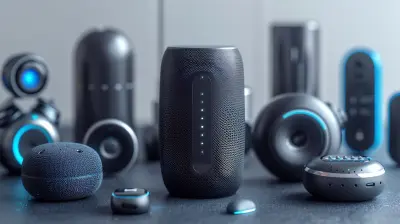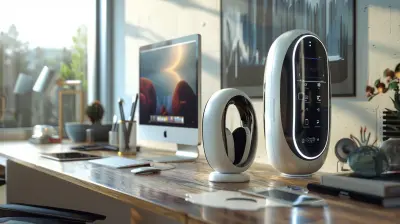The Evolution of Music Streaming Apps and What’s Next
17 August 2025
Let’s be real—music has always had a powerful place in our lives. From bumping vinyl records to creating playlists on Spotify for every mood, the way we experience music has evolved alongside tech trends. And music streaming apps? They've gone from being a novelty to a total necessity in just a couple of decades.
In this article, we’re diving into the journey of music streaming apps—how they started, where they are now, and what lies ahead in this ever-changing digital symphony. So plug in those earbuds and let’s hit “play” on the evolution of music streaming.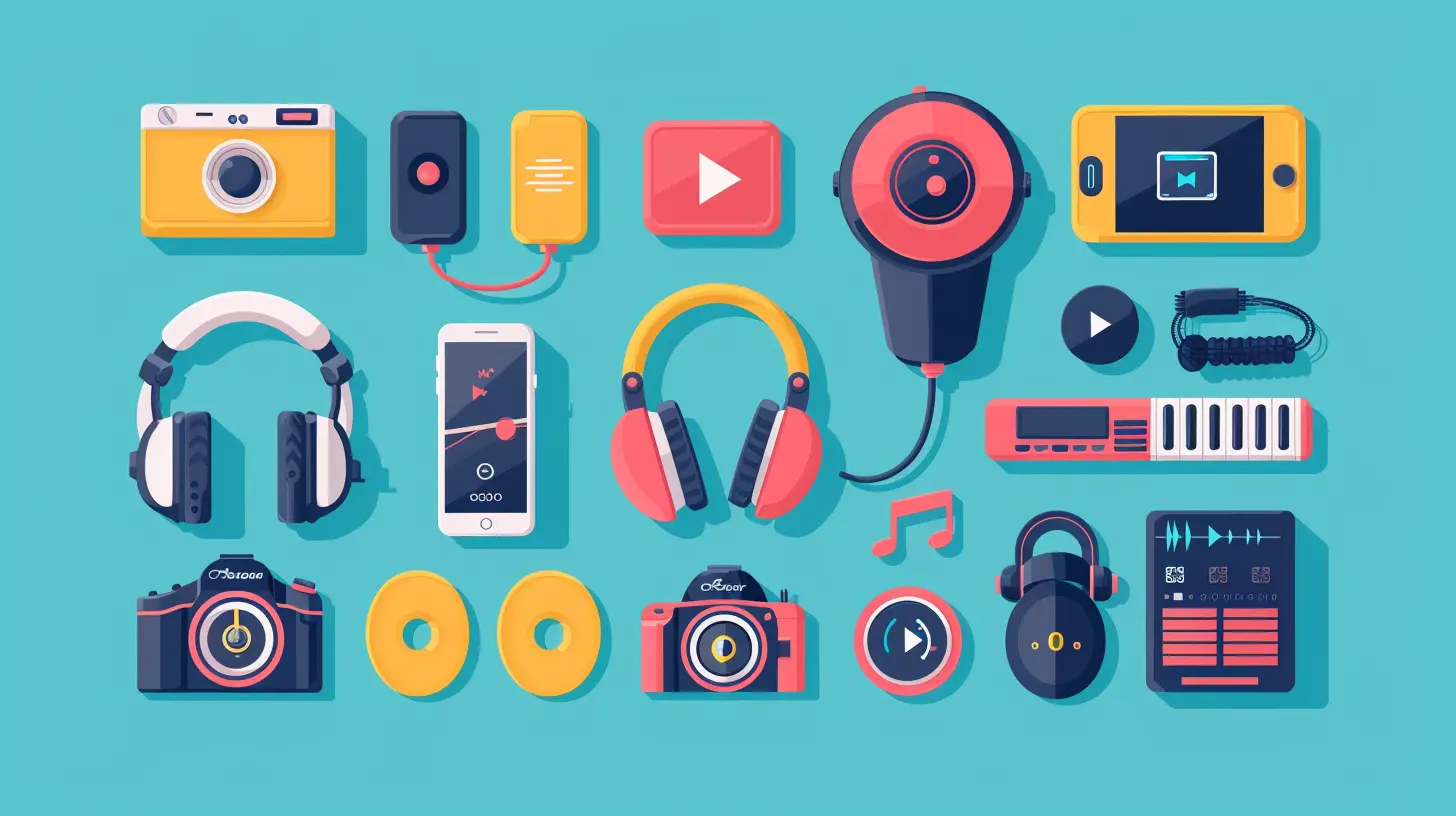
A Walk Down Musical Memory Lane: Before Streaming
Before streaming, owning music was physical and, honestly, kind of a commitment. You had to buy tapes, CDs, or records to hear your favorite tunes. Even downloading MP3s was a thing—you’d spend hours building a library on your iPod or burning mix CDs for road trips.Let’s not forget platforms like Napster, LimeWire, and Kazaa. These peer-to-peer sharing services cracked open the digital music world, even if they stirred up some serious copyright drama.
But still, there was a problem: access. You either had the music or you didn’t. And keeping up with everything you loved? That meant a LOT of downloads and a serious amount of storage.
That is… until streaming changed the game.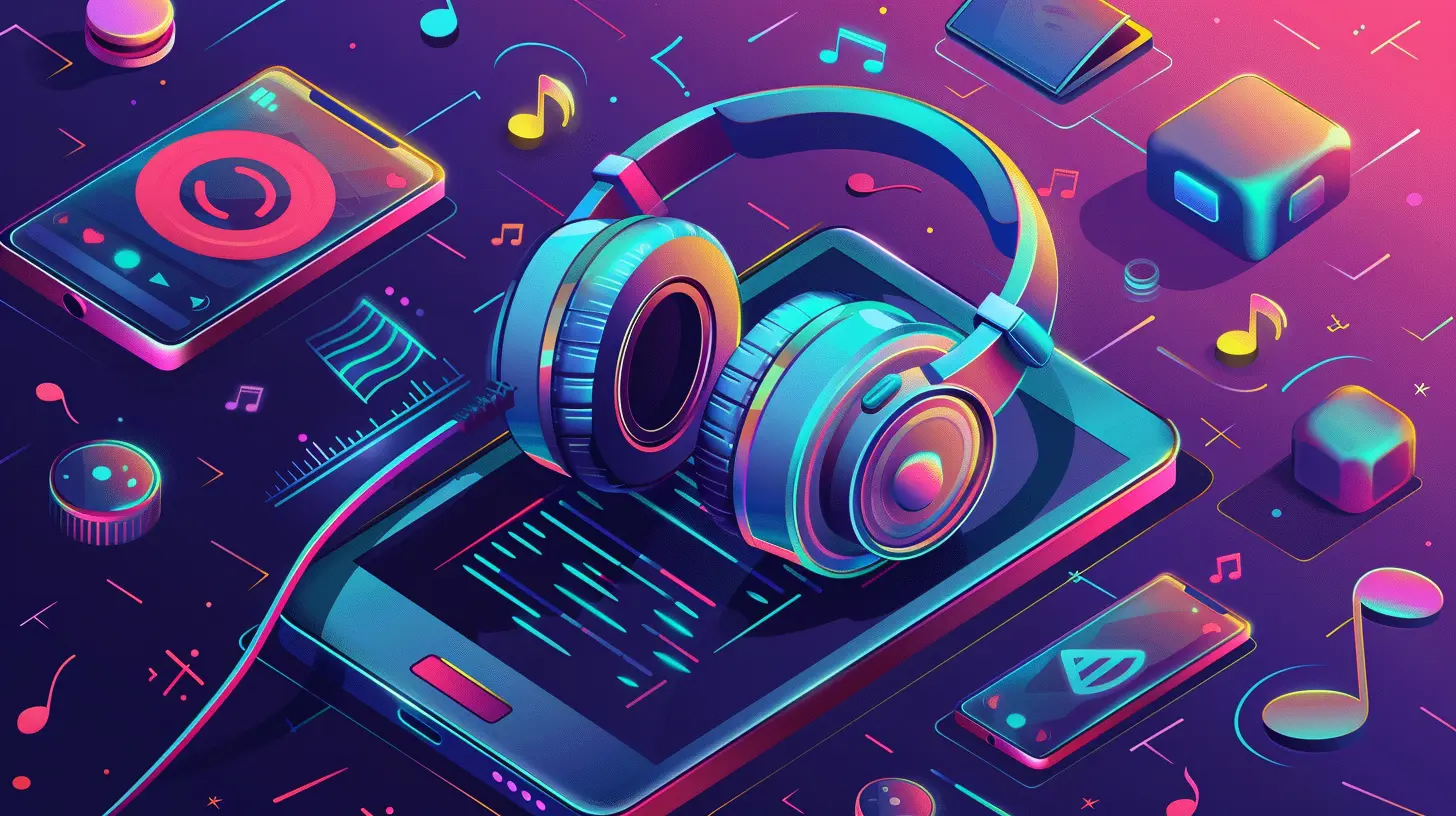
The Birth of Streaming: Making Music Limitless
Enter the early 2000s: Music streaming starts to crawl before it could sprint. Pandora was among the first to crack the code. Launched in 2000, it worked more like a radio station—you picked a genre or artist, and it created a station for you. But you couldn't choose the exact song you wanted.Then came Spotify in 2008. This was the turning point. Suddenly, you could stream pretty much any song, anytime, anywhere. No more downloading, no more waiting—just tap and play. Instant gratification at its finest.
Following Spotify’s lead, other powerhouses entered the arena:
- Apple Music (2015)
- Amazon Music
- Google Play Music (now YouTube Music)
- Tidal
- Deezer
- SoundCloud
These platforms didn’t just offer music; they built ecosystems—curated playlists, offline listening, high-fidelity sound, lyrics, podcasts, and more.
What Makes Streaming Apps So Irresistible?
Why did everyone flock to streaming apps faster than a Taylor Swift album drop? A few solid reasons:1. Convenience Is King
You don’t need to carry around a library. You’ve got millions of songs on your phone. Need a pump-up playlist for the gym? Done. Want mellow vibes for a rainy evening? Sorted.2. Affordability
Most services have free tiers (with ads), and paid subscriptions are way cheaper than buying albums or tracks individually. Plus, family and student plans make it a no-brainer.3. Personalized Experience
Streaming apps know your taste so well, it’s almost spooky. AI-powered algorithms recommend songs, build playlists, and even predict what you’ll enjoy next.4. Global Access
Whether it’s K-pop, Afrobeat, or indie Americana, you can explore music from different cultures with a few taps. Streaming breaks borders.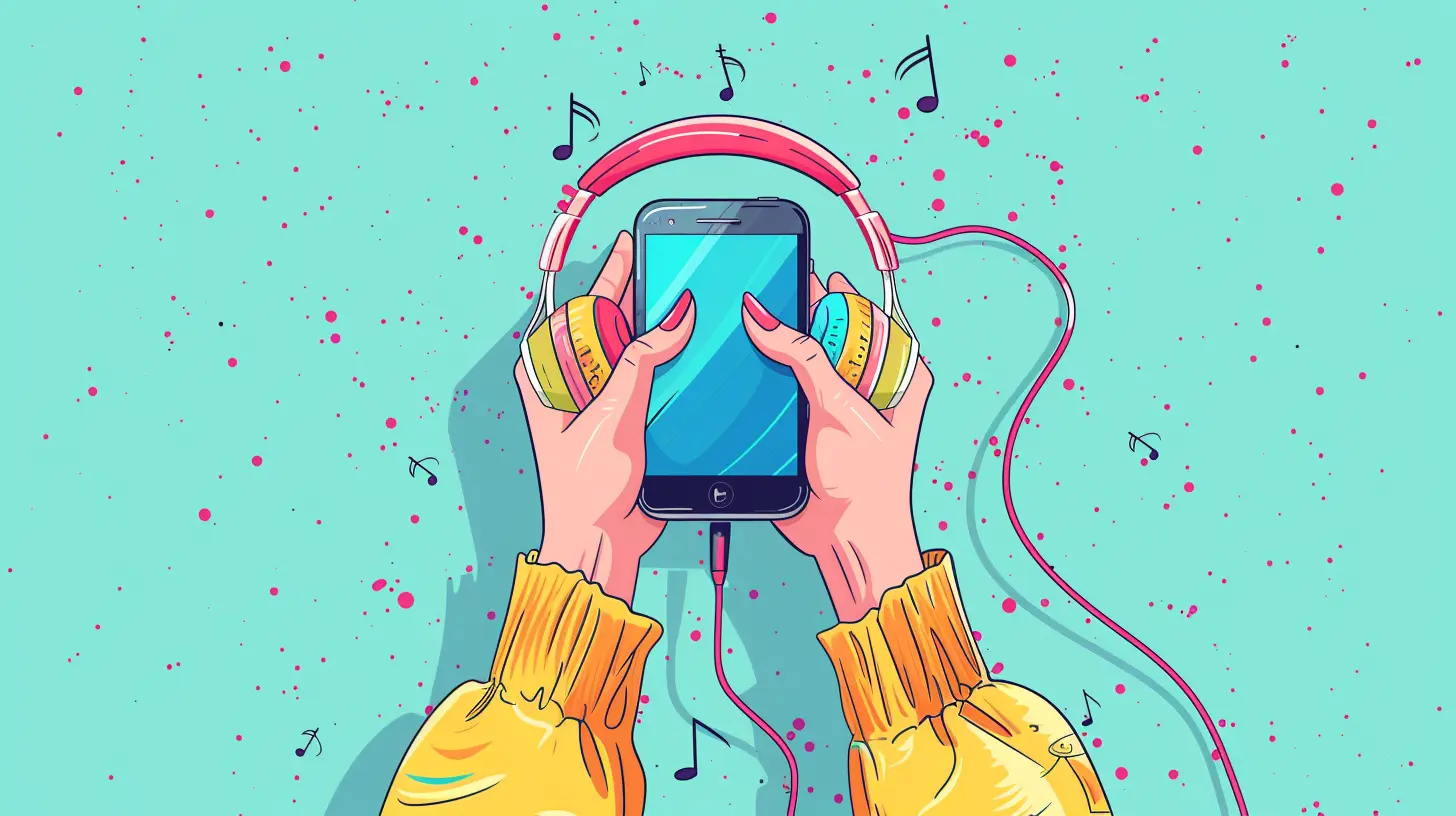
The Revenue Remix: How Artists and Labels Get Paid
Okay, this is where things get a little sticky.Streaming pays artists per stream, but the rates are low—think fractions of a cent. That’s led to ongoing debates about fairness. Sure, the exposure is incredible, but many smaller artists struggle to make a decent income from streaming alone.
To adapt, musicians now often rely on tours, merch, and social media fanbases to earn a living. Still, platforms like Bandcamp are trying to offer a more artist-friendly model. And services like Tidal have touted higher payouts and ownership for artists.
Bottom line: The industry is still adjusting to the streaming model, and there’s plenty of room to improve.
The Tech Behind the Beats: How Streaming Works
You don’t need to be a tech nerd to appreciate this part (but it helps). Here’s the short version:When you hit play on a song, the streaming app uses cloud-based servers to send the audio to your device in real time using a method called buffering. Think of it like sipping from a straw—you’re not downloading the whole milkshake, but you get enough to enjoy it as you go.
Behind the scenes:
- CDNs (Content Delivery Networks) distribute content quickly and reduce latency
- Compression algorithms ensure good audio quality without eating up bandwidth
- AI and machine learning tailor recommendations and personalize your experience
Pretty neat, right?
Current Landscape: Who’s on Top?
Let’s look at the major players in the streaming game and what sets them apart:Spotify
- Massive user base- Best-in-class playlists and discovery
- Strong podcast integration
Apple Music
- Seamless Apple ecosystem integration- High-fidelity audio with Spatial Audio
- Lyrics and behind-the-scenes content
YouTube Music
- Visual content bonus (music videos!)- Strong integration with Google search and YouTube
Amazon Music
- Prime bundle value- High-Res Audio options with Amazon Music HD
Tidal
- Artist-first model- Best sound quality for audiophiles
Each platform is carving out its niche, and competition is fierce. But users win because innovation keeps accelerating.
What’s Next: The Future of Music Streaming
Alright, here’s where things get really exciting. Buckle up for some future-gazing.1. AI-Generated Music
Yep, AI isn’t just picking songs anymore—it’s making them. Platforms are exploring machine-generated tracks tailored to your mood, workout pace, or even your heartbeat. Wild.Imagine asking your app to create a daily soundtrack based on your calendar, weather, and how you slept. Creepy? Maybe. Cool? Definitely.
2. VR and Spatial Audio Experiences
Get ready for immersive soundscapes. With spatial audio and VR, you’ll feel like you’re sitting in the front row at a live gig without leaving your couch.Platforms may soon offer virtual listening parties, artist-hosted events, and even interactive concerts.
3. Blockchain and Artist Payouts
Blockchain is stepping into the music scene with promises of transparency and direct artist compensation. Smart contracts could finally fix the royalty mess we talked about earlier.Platforms like Audius are already experimenting with decentralized streaming.
4. Voice-First and Smart Integration
Think Alexa or Siri playing DJ. Voice commands will be sharper and more contextual. Integration with smart cars, homes, and even wearables will put music at your beck and call—no tapping required.5. Niche and Community-Driven Platforms
Smaller platforms focusing on underground genres or local scenes will grow. Think of it like the farmer’s market of music streaming—curated, intentional, and community-backed.The Challenges Ahead
It’s not all sunshine and surround sound.- Data Privacy: As streaming platforms learn more about us, there’s growing concern around how they use that data.
- Monetization Models: Finding a balance between user experience and fair artist pay remains tricky.
- Algorithm Dependence: Are we losing musical diversity by letting machines decide what we hear?
These are big questions. And as the industry matures, answers will shape its trajectory.
Final Thoughts: We’re Only in the Opening Act
Music streaming has come a ridiculously long way—from clunky MP3 downloads to personalized, AI-driven soundtracks in our pockets. It’s changed how we consume, share, and connect with music.But we're still early in the performance. The next act—powered by AI, VR, blockchain, and who-knows-what—could reshape our relationship with music all over again.
So, next time you cue up your favorite playlist, take a second to appreciate the tech symphony in action. The evolution isn’t slowing down—it’s just warming up.
all images in this post were generated using AI tools
Category:
Mobile AppsAuthor:

Ugo Coleman
Discussion
rate this article
1 comments
Marley Cooper
Exciting insights! The future of music streaming will revolutionize how we discover and enjoy music.
August 20, 2025 at 3:56 AM

Ugo Coleman
Thank you! Absolutely, the future holds amazing possibilities for discovering and enjoying music like never before.
